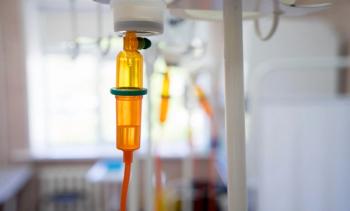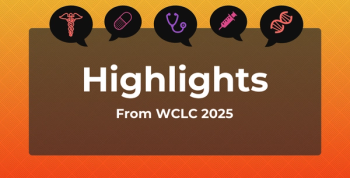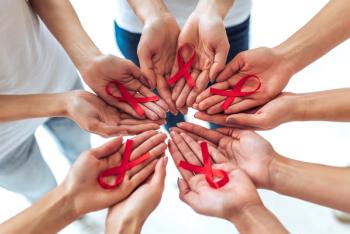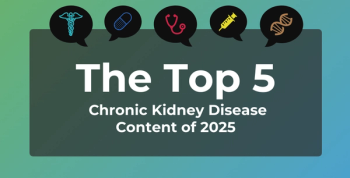
What We're Reading: Cutting Public Health Responders; Opioid Payments to Docs; Mistrust of Prescriptions
The White House is proposing cutting the Public Health Service Commissioner Corps, which is deployed during disasters and disease outbreaks, by nearly 40%; payments made by opioid manufacturers to physicians have decreased as public attention to the opioid epidemic grows; mistrust of drugs and doctors may partly explain why black patients are less likely than white patients to take recommended statins.
Proposal Would Cut Force That Responds to Public Health Emergencies
The Public Health Service Commissioner Corps currently has 6500 public health professionals who are deployed during disasters and disease outbreaks, but the White House is proposing cutting that force by nearly 40%.
Opioid Payments to Physicians Decline
Payments made by opioid manufacturers to physicians for speaking, consulting, meals, and travel related to opioids have decreased as public attention to the opioid epidemic grows. In 2016, drug makers paid doctors $15.8 million, which was down from 23.7 million in 2015, according to a
Racial Differences in Drug Use a Result of Mistrust
A new study found that mistrust of drugs and doctors may partly explain why black patients are less likely than white patients to take recommended statins.
Newsletter
Stay ahead of policy, cost, and value—subscribe to AJMC for expert insights at the intersection of clinical care and health economics.









































